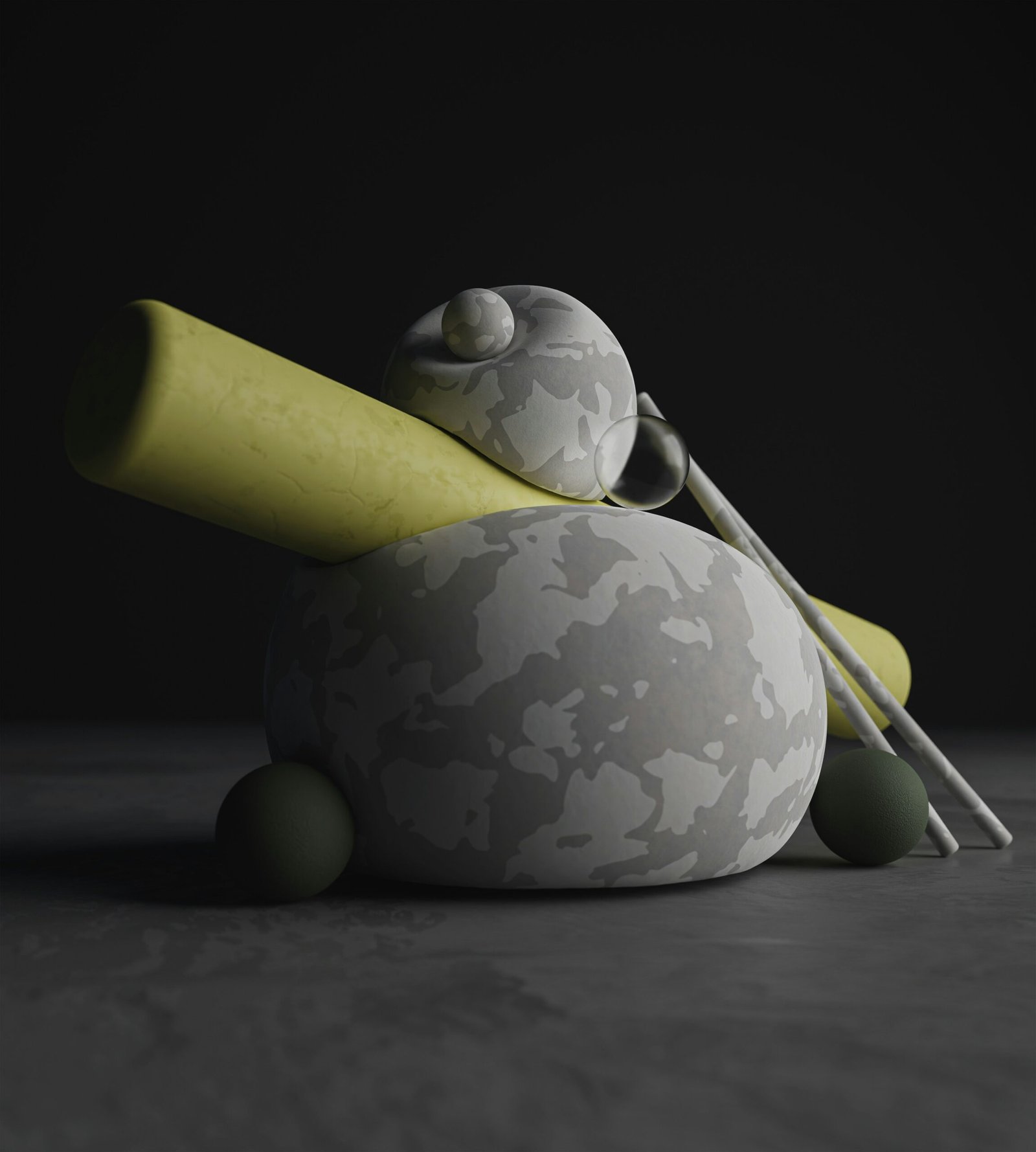🩺 Powerful Health Spells That Restore & Rejuvenate
Boost your well-being, overcome fatigue, and heal with trusted spells crafted for body and mind.
Introduction to Vastu Shastra
Vastu Shastra, an ancient Indian architectural philosophy, encompasses the principles of design, layout, and spatial orientation. Rooted in traditional Hindu texts, it plays a pivotal role in shaping living spaces, ensuring they promote a sense of well-being, harmony, and balance. This system is not merely about aesthetics; it is a holistic approach that considers the interplay between the environment and one’s physical surroundings.
The significance of Vastu Shastra extends beyond architecture; it profoundly influences the inhabitants’ health, happiness, and prosperity. By aligning structures with natural forces—such as sunlight, wind, and magnetic fields—Vastu principles aim to create spaces that foster positive energies and mitigate negative ones. This alignment is thought to enhance the overall quality of life, making Vastu a crucial aspect of Indian culture and lifestyle.
Central to Vastu Shastra are its guiding principles, which suggest attention to directions, elements, and materials. Each direction corresponds to different energies and elements from nature, including earth, water, fire, air, and space. For instance, the placement of rooms, doors, and windows varies according to these energies; hence, thoughtful consideration is essential in design. These principles encourage a balance between the built environment and nature, fostering a sense of peace and stability in personal and professional spaces.
Incorporating Vastu Shastra in contemporary architecture means embracing sustainable practices, which resonate with modern demands for eco-friendly living. By integrating color and material choices aligned with Vastu principles, individuals can further enhance the harmony of their spaces. Ultimately, Vastu Shastra serves as an invaluable guide toward creating environments that are not only functional but also nurturing, inspiring a sense of well-being through thoughtful spatial design.
Understanding the Importance of Colors in Vastu
Colors play a significant role in Vastu Shastra, influencing the energy flow within a space, impacting the psychological and emotional states of the individuals occupying that space. Each color carries its own unique vibration and significance, potentially altering moods, behaviors, and overall energy levels. Traditional beliefs in Vastu attribute various effects to different colors, positioning them as vital elements in the creation of a harmonious living environment.
For instance, the color red is frequently associated with strength, vitality, and passion. It can invoke feelings of excitement and power but should be used sparingly, as excessive red may lead to agitation or discomfort. Contrarily, softer hues like green and blue are known for their calming properties, promoting tranquility and peace. Green, reflecting nature, fosters rejuvenation, while blue has been linked to serenity and is ideal for spaces intended for relaxation and meditation.
Another important aspect of colors in Vastu is their correlation with the five elements—earth, water, fire, air, and space. Colors such as yellow reflect the fire element, fostering warmth and stimulating creativity. On the other hand, earth tones ground a space, promoting stability and security. Consequently, it becomes essential to choose colors that resonate with the intended purpose of each area in a home or workspace to cultivate a balanced atmosphere.
Additionally, the psychological impact of colors cannot be overlooked; studies suggest that colors can significantly affect mood and productivity levels. For instance, brighter colors can energize a space, making it more conducive to productivity, while darker shades may bring about feelings of sadness or lethargy. Thus, understanding the psychological effects of colors in relation to Vastu can be invaluable in designing spaces that resonate positively with their inhabitants.
Elements and Their Corresponding Colors
In the realm of Vastu, understanding the five primary elements—earth, water, fire, air, and space—and their corresponding colors plays a pivotal role in creating an environment that fosters harmony and positive energy. Each of these elements holds specific attributes that can significantly influence our surroundings and, by extension, our well-being.
Starting with the element of earth, which symbolizes stability and nourishment, warm hues such as browns and earthy greens are favorable. These colors can be effectively incorporated into home or office decor through furniture, wall colors, or decorative items. They not only ground the space but also instill a sense of tranquility and comfort.
Next, we move to water, representing fluidity and adaptability. Cool colors like blues and aquas are aligned with this element, promoting peace and serenity. Integrating these shades into spaces such as bathrooms or kitchens can enhance feelings of relaxation and rejuvenation, encouraging a harmonious atmosphere in areas meant for refreshment.
The element of fire embodies energy and transformation, with reds, oranges, and yellows as its representative colors. Utilizing these vibrant colors mindfully can stimulate creativity and passion. Areas where social interaction takes place, such as living rooms or dining areas, can benefit from the inclusion of fiery tones, thereby invigorating the energy within the space.
Air, signifying freedom and movement, corresponds to lighter shades like whites, pastels, and light greys. These colors help create a sense of openness and expansiveness, making them ideal for offices or study areas where clarity of thought is essential. They invite natural light and promote a serene atmosphere conducive to focus and productivity.
Lastly, space, the element embodying potential and vastness, can be reflected through neutral colors, which allow other colors and elements to shine. Creams, beiges, and soft whites can foster an airy, spacious feeling that aids in reducing clutter and creating an inviting ambience.
Choosing Colors by Room Functionality
In the realm of Vastu, the selection of colors within a home plays a crucial role in promoting harmony and well-being. Each room serves a specific purpose, and the color scheme can significantly influence the energy and functionality of these spaces. By understanding the implications of color choice, homeowners can create an environment that resonates with comfort, productivity, and serenity.
Starting with the living room, a space designed for social interaction and relaxation, warm colors such as soft yellows or light oranges can be ideal. These hues invite warmth and foster a welcoming atmosphere, encouraging conversation and togetherness among family and guests. However, it is essential to balance these vibrant colors with calming accents, which can alleviate overstimulation.
Transitioning to bedrooms, where tranquility reigns supreme, cooler shades such as soft blues and greens are recommended. These colors promote relaxation and restful sleep, essential for rejuvenation and overall health. Avoiding bold and dark shades is advisable, as they may create a heavy energy that disrupts peace and serenity during sleeping hours.
In kitchens, the energy of the space is most dynamic and active. Bright, cheerful colors like crisp whites or fresh greens work well to invigorate the area. These colors often reflect cleanliness and freshness, which are vital in a cooking environment. Incorporating pops of vibrant accents, such as red or orange, can stimulate appetite and energy, making the kitchen a hub of activity.
Finally, for home offices where focus and productivity are paramount, tranquil and inspiring colors such as soft gray or beige can be beneficial. These colors provide a balanced background that encourages concentration without causing distraction. Additionally, adding vibrant elements, such as artwork or accessories in bold colors, can inspire creativity while maintaining a sense of calm.
Colors for Enhancing Specific Energies
Colors play a pivotal role in Vastu Shastra, influencing not only the aesthetic appeal of a space but also the energies that are activated within it. Each color embodies specific vibrations and qualities that resonate with the energy centers, or chakras, in our environment. By selecting appropriate shades based on the desired energy, one can significantly enhance aspects such as prosperity, health, and relationships within a home or office.
🩺 Powerful Health Spells That Restore & Rejuvenate
Boost your well-being, overcome fatigue, and heal with trusted spells crafted for body and mind.
For instance, to foster prosperity and abundance, it is advisable to incorporate shades of green, which symbolize growth and renewal. Green can be effectively used in areas associated with wealth, such as the southeast corner of a home, aligning with the energies of the planet Venus. Similarly, rich golden hues can evoke feelings of luxury and success, making them suitable for offices or business environments.
In promoting health and well-being, the use of soft blues and calming whites can invoke a sense of serenity and balance, making them ideal for spaces such as bedrooms or healing rooms. Additionally, pale shades of yellow can uplift the mood and energize individuals, especially in kitchens and areas meant for social interaction. This corresponds to the solar plexus chakra, known for its role in personal power and energy regulation.
When it comes to fostering relationships, warm tones like soft pinks, coral, and peach can help create a nurturing and loving atmosphere. These colors are associated with the heart chakra and can enhance emotional connections. Utilizing these shades in living rooms or spaces dedicated to family gatherings can promote harmony among occupants.
By understanding and implementing these color principles in accordance with Vastu guidelines, one can skillfully design spaces that not only look good but also cultivate positive energies. This careful alignment ultimately contributes to a more balanced and harmonious living or working environment.
Avoiding Colors That Cause Disharmony
In the realm of Vastu Shastra, the careful selection of colors is crucial, as certain shades can create disharmony and disrupt the flow of positive energy within a space. Understanding the implications of color choices in various areas of a home or workplace can significantly enhance emotional well-being and interpersonal relationships. It is essential to avoid colors that are traditionally associated with negativity and unrest.
For instance, colors such as black and dark blue are often discouraged in living spaces, particularly in bedrooms and family rooms. These shades can lead to feelings of sadness, confinement, or anxiety, potentially creating a heavy atmosphere that affects the occupants’ mood. Instead of fostering tranquility, dark colors may generate an environment that stifles emotional connection among family members.
Similarly, harsh colors like bright red and sharp oranges are thought to provoke tension and aggression if used excessively, particularly in communal areas such as living rooms or kitchens where harmony is essential. Such intense colors can incite arguments and discomfort, leading to decreased harmony. Therefore, it is wise to limit their use or utilize them as accent colors rather than dominant hues.
In the workspace, it’s advisable to avoid overly bright or fluorescent colors as they can be distracting and contribute to stress. Opting for softer shades like pale yellows or muted greens can promote focus, creativity, and a calm demeanor that enhances productivity. Incorporating neutral or earthy tones can also cultivate a pleasant and balanced work environment.
By consciously avoiding these colors known for their potential to disrupt harmony, individuals can create spaces that foster positive energy, enhance emotional stability, and improve relationships. Implementing a thoughtful color palette is a fundamental aspect of aligning one’s environment according to Vastu principles.
Tips for Harmonizing Colors in Interior Design
In the realm of interior design, incorporating Vastu principles through color selection is essential for achieving a harmonious living space. One practical tip is to begin by identifying the predominant purpose of each room. For instance, using warm colors like shades of orange or yellow can enhance energy and positivity in social spaces, whereas cooler colors, such as blue or green, can promote tranquility in bedrooms or study areas. Understanding the psychological impact of colors aids in choosing hues that resonate with the intended ambiance of a room.
Next, consider developing complementary color schemes. These schemes can effectively balance the energies present in a space while adhering to Vastu guidelines. For example, pairing light neutrals with vibrant accents creates a dynamic yet relaxing atmosphere. Use accent colors sparingly to avoid overwhelming the senses; a wall adorned with a bold hue can serve as a focal point, drawing attention while maintaining overall balance. This practice encourages mindful engagement with the space and reduces distractions.
Furthermore, mixing shades thoughtfully can lead to innovative design solutions that respect Vastu principles. Incorporating textures and patterns alongside colors can break monotony and offer depth to the design. Cascade transitions from darker to lighter shades can visually elongate spaces, providing the illusion of spaciousness and fluidity. Accessories such as cushions, artwork, and decorative elements can reflect chosen color palettes, seamlessly integrating them throughout the design.
Lastly, be mindful of natural light within each room, as it can significantly alter how colors appear. Assess how different shades look at various times of day to ensure they align with the desired emotional response. By applying these techniques while respecting Vastu principles, one can achieve a beautifully balanced interior that not only looks appealing but also nurtures well-being.
Case Studies: Successful Color Implementations
Exploring case studies of homes and businesses that have successfully implemented Vastu-compliant colors reveals the profound impact these choices can have on the physical and emotional environment. One notable example involves a family residing in a suburban area. Their home was predominantly painted in dark shades, leading to feelings of heaviness and stagnation among family members. After consulting with a Vastu expert, the family decided to repaint their home using lighter, more vibrant colors such as creamy white and soft pastel shades. The transformation was remarkable; the new colors not only brightened their living space but also uplifted the family’s mood. Occupants reported feeling more energized and harmonious since the implementation, resulting in better interpersonal relations.
In a different scenario, a local business also experienced significant improvements after embracing Vastu principles regarding color selection. Originally, the office space used a dull palette of greys and browns, which inadvertently fostered an atmosphere of lethargy among employees. After a thorough Vastu analysis, management opted to integrate elements of green and blue into the workspace. The introduction of these colors lent a sense of calmness and creativity, which was immediately palpable. Employees noted an increase in collaboration and overall productivity, attributing these enhancements to the revitalized ambiance around them. The business not only witnessed improved employee morale but also experienced an increase in customer satisfaction.
Both case studies illustrate how the thoughtful application of color, guided by Vastu principles, can transform a space into one that fosters positive energy and emotional well-being. These examples signify that color selection is not merely an aesthetic consideration; it embodies a strategic approach to improving life quality within a given environment. As more individuals and organizations become aware of the benefits tied to Vastu-compliant colors, the potential for positive change continues to grow exponentially.
Conclusion: The Power of Colors in Creating Harmony
Throughout this discussion, we have explored the profound impact that colors hold within the principles of Vastu Shastra. The careful selection of shades can significantly influence the energy and atmosphere of any environment. By understanding the associations each color has with specific emotions and energies, individuals can create spaces that promote balance and well-being. Colors such as blue evoke tranquility, whereas reds can stimulate passion and activity, showcasing the multifaceted nature of color in design.
Moreover, the placement and choice of colors in various areas of a home or office are vital in enhancing one’s quality of life. For example, soft greens and blues can foster a peaceful atmosphere in bedrooms, while warm yellows and oranges might uplift the energy in living areas. It is clear that when aligned with Vastu principles, color choices go beyond aesthetic appeal; they become a fundamental aspect of achieving harmony and prosperity.
We encourage readers to take the time to reflect on their current environments. Consider how the colors present in your surroundings align with your intentions and the energies you wish to promote. Are there hues that drain your energy or foster negativity? In accordance with Vastu, making mindful modifications to your color palette can yield transformative results, enhancing not just the physical space but also contributing to a sense of inner peace and harmony.
In summary, the role of colors in Vastu serves as a tool for achieving equilibrium and positivity. By understanding and utilizing the power of colors effectively, individuals can cultivate environments that support both personal and communal well-being. Ultimately, the journey towards a harmonious space begins with the conscious choice of color.











